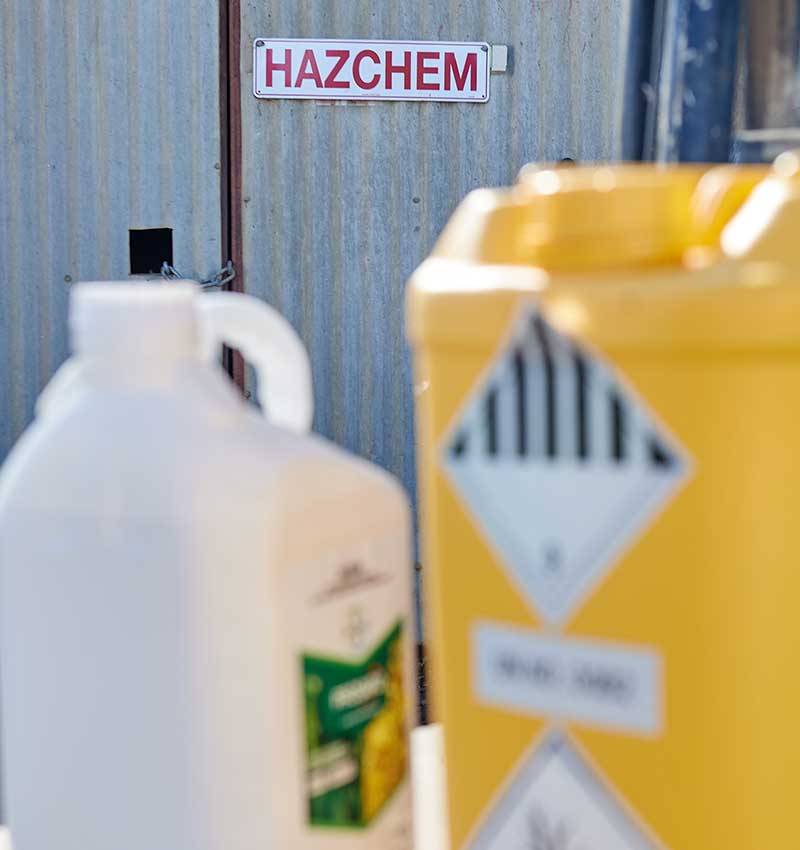Property risk assessments? Good business management
06 December 2022
-Min Read
Livestock contamination is a critical factor of food safety – one which can jeopardise your livestock health and sales.
Key points
- Contaminated livestock presents a food safety issue and can significantly impact the reputation of your business and livestock marketing options.
- A property risk assessment helps identify persistent chemical or physical risks and documents how these risks can be removed, reduced or managed to prevent livestock becoming a food safety risk.
- The easiest way to create and manage your property risk assessment is to create it online within your LPA account.



